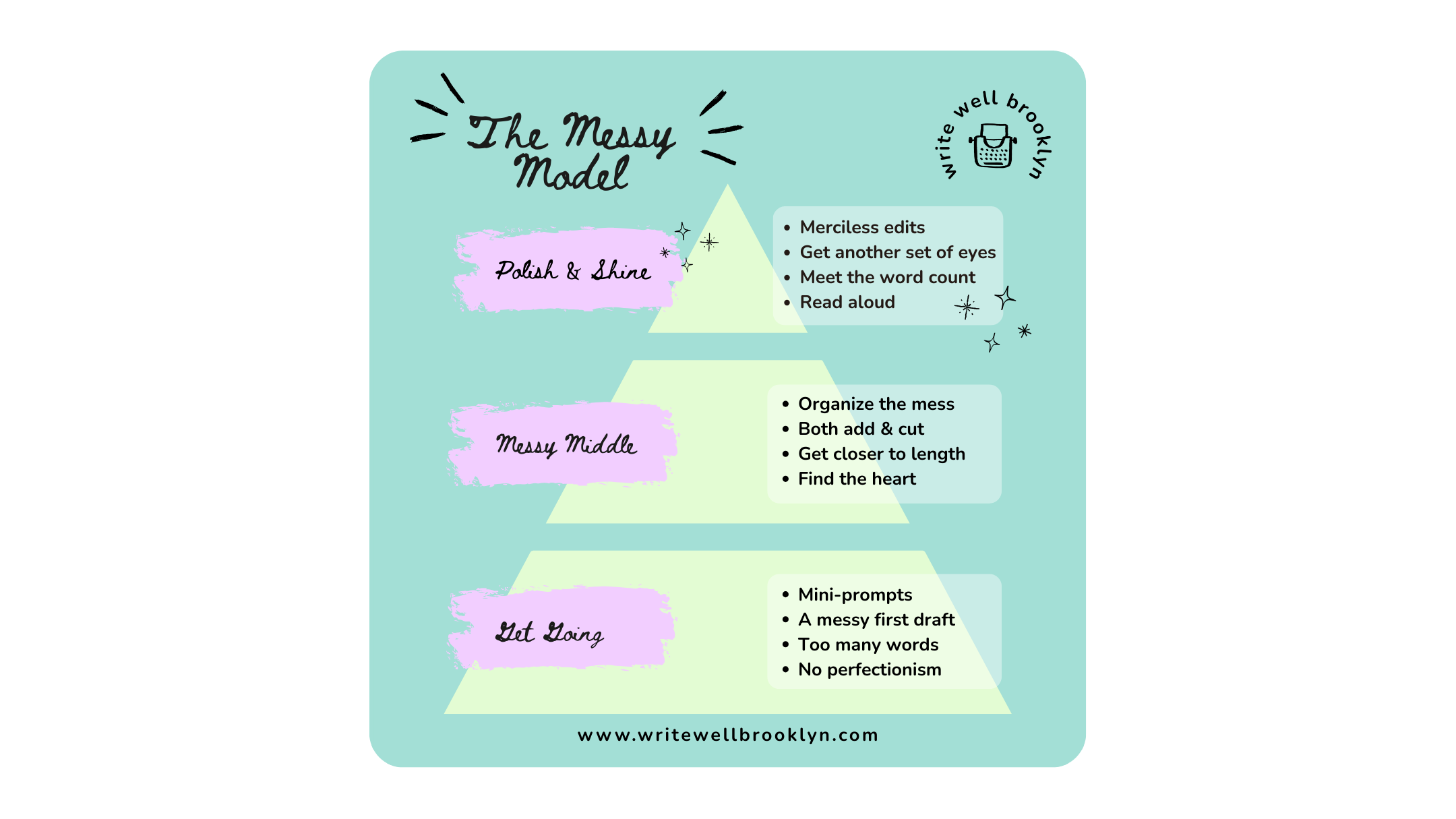This Strategy Transforms Student Writing
When I first start working with a student, I ask them an ice breaker question and provide a scale of 1 to 5 for their answer.
It looks something like this:
Besides coming up with different descriptions for the scale ("slither into the NYC sewer system" is tops for me!), one of my favorite parts about being a writing coach is finding ways to engage and empower students who respond to writing with what we might call minimal enthusiasm.
But often, it's actually not writing that they hate—it's the feeling they get before they write.
This past summer, I talked to an exmissions counselor at a Manhattan private school about his school's 8th graders and their experience writing high school admissions essays. He articulated a common struggle using one of my own favorite metaphors:
“It’s like students get stuck at the bottom of a mountain and don’t know how to get to the top.”
I love a good extended metaphor, so I'll further elaborate! In those stuck moments, the "gear" in the students' possession (think: traditional brainstorming sessions, formal outlines, confusion about punctuation) does little to help them navigate the mountain.
Since I left private school teaching and began my 1:1 coaching over a decade ago, a strategy emerged in my work with students that actually does work.
I call it the Messy Model, and I love watching students grow as they move through it.
Why am I obsessed with the Messy Model?
It shows students the "gear" they already inherently possess: their voice, ideas, and creativity—all essential traits of excellent writing and not to be undermined.
It provides students the missing "gear": ways to organize ideas that go beyond dry, often ineffectual outlines, and mini lessons to help students polish their writing.
When paired with writing coaching, the Messy Model teaches students new skills and asks them to apply these skills within immediate available context—a key for turbo-charged learning!
Want to dive deeper into the Messy Model?
Check out this ~4 minute video. I quickly walk you through how my favorite strategy plays out in practice—especially in the Get Going stage, which can be the hardest part.


